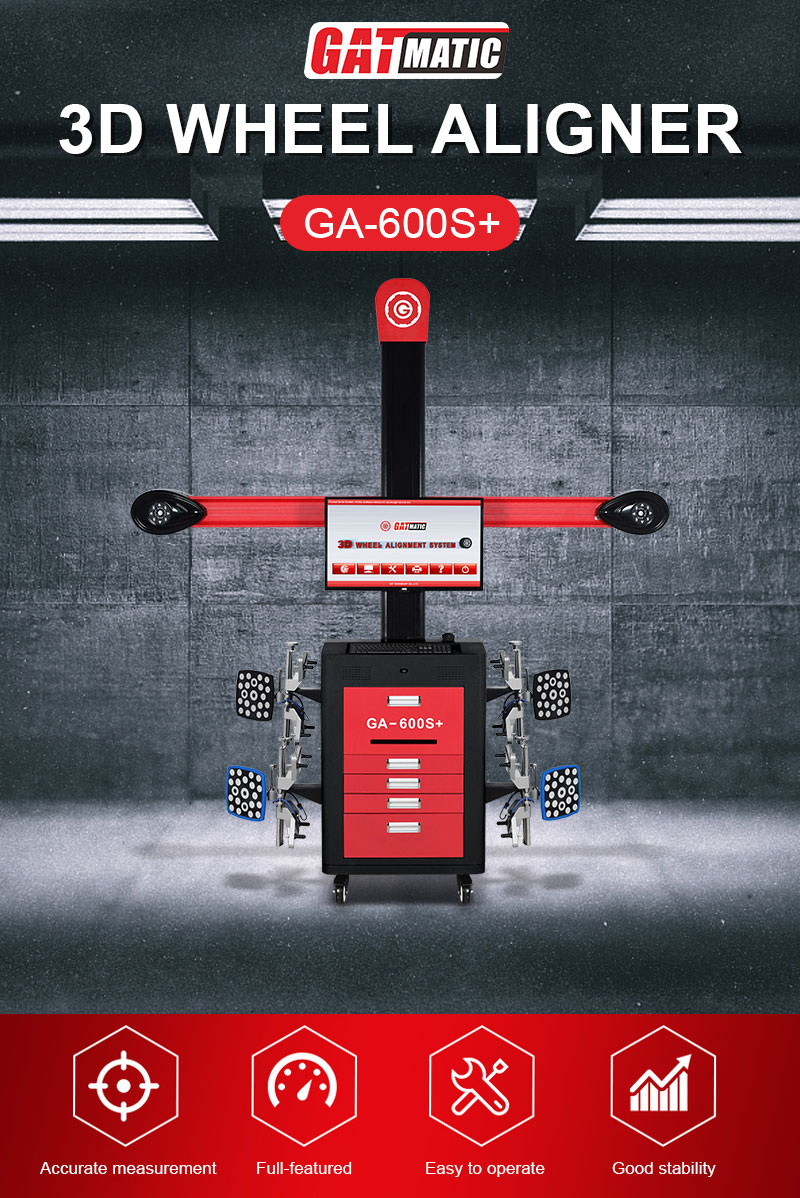Recent Blog
Is wheel alignment expensive?
Wheel alignment, a crucial maintenance service for vehicles, ensures that the wheels are set to the optimal position as per the car manufacturer’s specifications. It significantly impacts vehicle safety and performance by ensuring smooth handling, even tire wear, and better fuel efficiency. Understanding the cost of wheel alignment is essential for vehicle owners to maintain their vehicles effectively without breaking the bank.
I. Factors Influencing the Cost of Wheel Alignment
Several factors influence the cost of wheel alignment, making it vary widely.
Type of Vehicle: The type of vehicle plays a significant role. Standard cars usually incur lower alignment costs compared to SUVs, trucks, or high-performance and luxury vehicles, which might require more complex adjustments and specialized equipment.
Type of Alignment: There are primarily two types of wheel alignment: two-wheel (front-end) and four-wheel alignment. Two-wheel alignment generally costs less as it involves adjusting only the front wheels. In contrast, four-wheel alignment is more comprehensive and, thus, more expensive.
Location and Service Provider: Where you get your alignment done also affects the cost. Dealerships often charge more due to their brand and expertise. Independent garages and national chains might offer competitive pricing, with local shops sometimes being the most economical.
Additional Services or Repairs: Sometimes, during alignment, additional issues like tire balancing, suspension repairs, or replacement of parts such as tie rods and ball joints may be identified. These additional services can increase the overall cost.
II. Typical Costs of Wheel Alignment
The cost of wheel alignment can vary based on the factors mentioned.
Average Cost Range: For standard vehicles, the average cost for a two-wheel alignment ranges from $50 to $75, whereas a four-wheel alignment can range from $100 to $150. For SUVs, trucks, or high-performance vehicles, these costs can be higher, sometimes exceeding $200.
Cost Comparison: Two-wheel alignment is typically cheaper than four-wheel alignment due to the lesser complexity and time required.
Price Differences Across Regions: Costs can also differ based on geographic location, with urban areas typically charging more than rural areas due to higher operational costs.
Examples of Pricing: National chains like Firestone and Pep Boys often advertise alignments starting at around $80, whereas dealerships might charge upwards of $200 for the same service.
III. Benefits of Proper Wheel Alignment
Investing in wheel alignment offers numerous benefits that justify its cost.
Improved Vehicle Handling and Safety: Proper alignment ensures that the vehicle handles well, especially during cornering and emergency maneuvers, enhancing overall safety.
Increased Tire Lifespan: Misaligned wheels cause uneven tire wear, reducing tire lifespan. Proper alignment distributes wear evenly, extending tire life.
Better Fuel Efficiency: Misalignment causes tires to drag, increasing fuel consumption. Proper alignment reduces this drag, improving fuel efficiency.
Enhanced Driving Experience: A well-aligned vehicle provides a smoother, more comfortable driving experience, free from pulling or vibration.
IV. Cost-Benefit Analysis
When considering the expense, the benefits of proper alignment often outweigh the costs.
Short-term Costs vs. Long-term Savings: While the initial cost of alignment might seem high, it prevents premature tire wear and potential damage to suspension components, saving money in the long run.
Potential Risks of Neglect: Ignoring wheel alignment can lead to increased fuel consumption, rapid tire wear, and compromised vehicle safety, leading to higher repair costs over time.
Comparison with Other Maintenance Expenses: Compared to major repairs or tire replacements, wheel alignment is relatively inexpensive and provides significant preventative benefits.
V. Ways to Save on Wheel Alignment
Vehicle owners can employ several strategies to minimize alignment costs.
Regular Maintenance: Regularly checking and maintaining your vehicle can prevent severe misalignment issues, reducing the need for costly adjustments.
Promotions and Discounts: Many service providers offer promotions, discounts, or alignment packages. Keeping an eye out for these deals can save money.
DIY Checks: While professional alignment is recommended, basic DIY alignment checks can help identify issues early, potentially reducing repair costs.
Choosing the Right Service Provider: Researching and choosing a reputable yet affordable service provider can ensure quality service without excessive costs.
Conclusion
In conclusion, while the cost of wheel alignment may seem variable and sometimes high, it is a necessary maintenance task that offers substantial benefits. Proper wheel alignment enhances vehicle safety, prolongs tire life, improves fuel efficiency, and provides a better driving experience. By understanding the factors influencing alignment costs and employing cost-saving strategies, vehicle owners can ensure their vehicles are well-maintained without incurring prohibitive expenses. Regular wheel alignment is a small investment that pays off significantly in the long run, making it a wise choice for any conscientious vehicle owner.
FAQs
1. What is wheel alignment, and why is it important?
- Answer: Wheel alignment is the adjustment of the angles of the wheels to the car manufacturer’s specifications. It is crucial for ensuring that the vehicle handles properly, wears tires evenly, and maintains optimal fuel efficiency, contributing to overall vehicle safety and performance.
2. How much does a typical wheel alignment cost?
- Answer: The cost of a typical wheel alignment varies. For standard vehicles, a two-wheel (front-end) alignment typically ranges from $50 to $75, while a four-wheel alignment ranges from $100 to $150. For SUVs, trucks, or high-performance vehicles, the costs can be higher.
3. What factors influence the cost of wheel alignment?
- Answer: Factors include the type of vehicle, type of alignment (two-wheel vs. four-wheel), location and service provider, and whether additional services or repairs (e.g., tire balancing, suspension repairs) are needed.
4. Is it cheaper to get wheel alignment done at an independent garage compared to a dealership?
- Answer: Generally, independent garages and national chains offer more competitive pricing compared to dealerships. However, the quality of service can vary, so it is important to choose a reputable provider.
5. How often should I get my wheels aligned?
- Answer: It is recommended to get wheel alignment checked every 6,000 to 10,000 miles or as specified in your vehicle’s owner’s manual. Additionally, an alignment check is advisable if you notice symptoms such as uneven tire wear, the vehicle pulling to one side, or steering wheel vibration.
6. Can I save money by doing a wheel alignment myself?
- Answer: While basic DIY checks can help identify alignment issues, professional wheel alignment requires specialized equipment and expertise. For accurate and safe alignment, it is best to have it done by a professional.
Describe Your Needs In Detail!
We will carefully evaluate your needs and give professional solutions.



